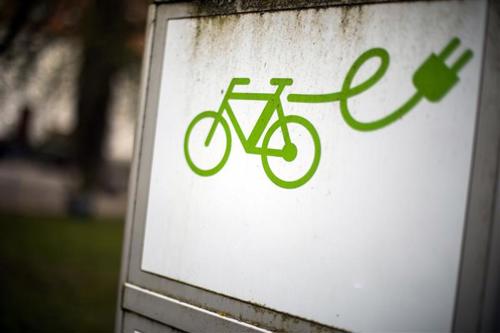
It was early morning in Gilbert, Arizona, and Dawn Cain was on her way to work. As a school instructional coach for Pre-K through 6th grade, Dawn is used to busy days filled with mentoring teachers, analyzing data, and helping improve classroom practices. But this particular morning took a dramatic turn, testing her training and quick thinking in ways she never expected.
Around 7:25 am, just half a block from the school, Dawn noticed an unfolding emergency. A young teen was lying on the ground, screaming in pain. Nearby, a motorized e-bike was crumpled against a parked car. Dawn immediately pulled over, leaving her car in the middle of the street to create a barrier and protect the scene. As she approached, she saw the severity of the situation: the boy, a high school freshman, had a compound fracture in his thigh, with bone protruding through his skin and a pool of blood forming.
Dawn’s mind raced. She had taken the Stop the Bleed course from the American College of Surgeons (ACS) years earlier, thanks to her husband, Allen, who is the director of safety and security for Gilbert Public Schools. The training had always seemed like a good skill, but until this moment, she had never needed to put it to use. Now, faced with a life-threatening injury, Dawn knew what to do.
A neighbor emerged from a nearby house, and Dawn instructed them to grab a clean towel and call 911. The neighbor returned with a towel, and Dawn began applying firm pressure to the wound. The boy screamed in pain with every touch, but Dawn stayed focused. She remembered the training: stopping the bleeding was the priority, even if it caused discomfort.
As Dawn worked to control the bleeding, two of her coworkers arrived. She directed them to keep the boy calm by asking questions: “What’s your name? Where do you live?” The distraction helped, but Dawn could see the boy’s energy fading. She worried about shock setting in.
The police arrived moments later, followed by paramedics. Dawn briefed the officers on what she had done, and they confirmed she took the right course of action. The paramedics took over and transported the student to the hospital.
In the following days, Dawn and her coworkers visited the boy in the hospital. He had undergone surgery and was in good spirits. Despite a language barrier, the boy’s grandparents were hugging and thanking Dawn.
Reflecting on the incident, Dawn felt a mix of emotions. She was relieved that the boy was recovering but recognized the importance of staying prepared. “I would like a refresher course,” she admitted. “When you’re in a high-pressure situation like that, you want to feel confident in every decision you make.”
The experience also sparked a renewed interest in ACS Stop the Bleed training across the school district. The other school campus, which hadn’t yet been trained, began planning to bring the program to their staff. “It’s not just about me,” Dawn said. “It was a team effort—the neighbor, the police, my coworkers, everyone played a part. I had the ACS Stop the Bleed training, but I don't feel like I did anything special.”
For Dawn, the morning of the accident was a stark reminder of why programs like ACS Stop the Bleed are so vital. “It’s like the CPR of bleeding,” she said. “You hope you never need it, but when you do, it can make all the difference.”
And on that quiet morning in Gilbert, it did.
Learn more about Stop the Bleed training and how to purchase a bleeding control kit.